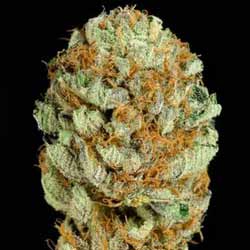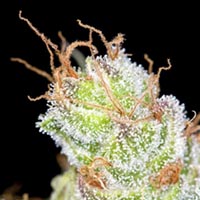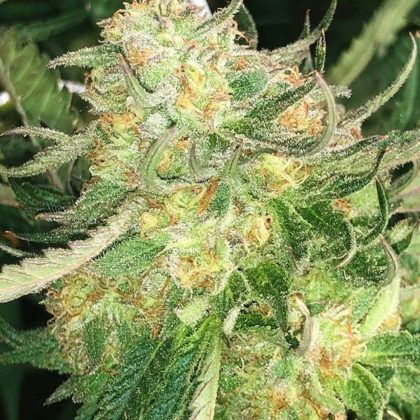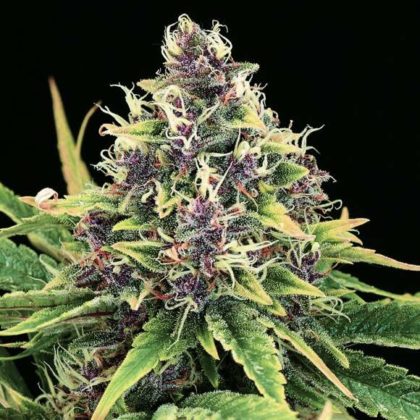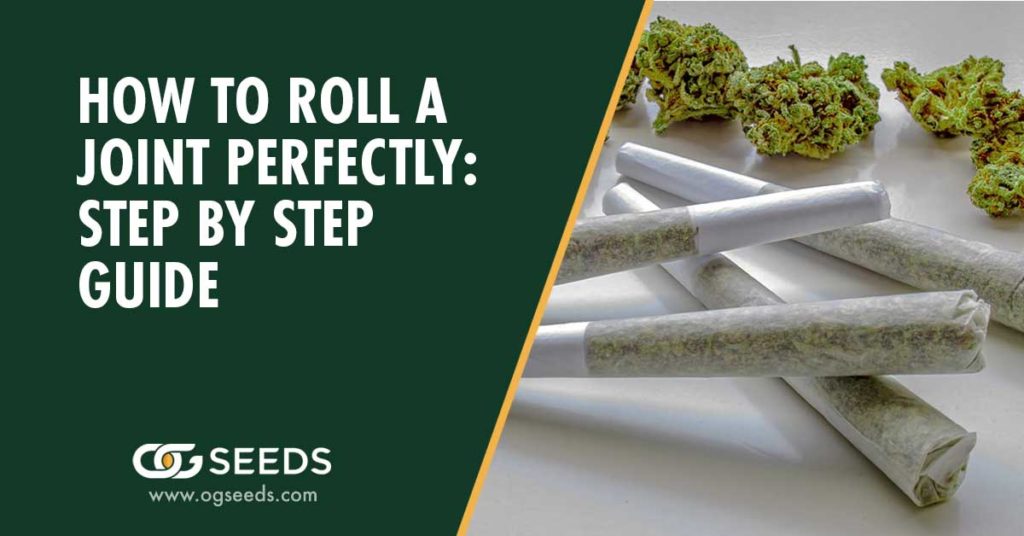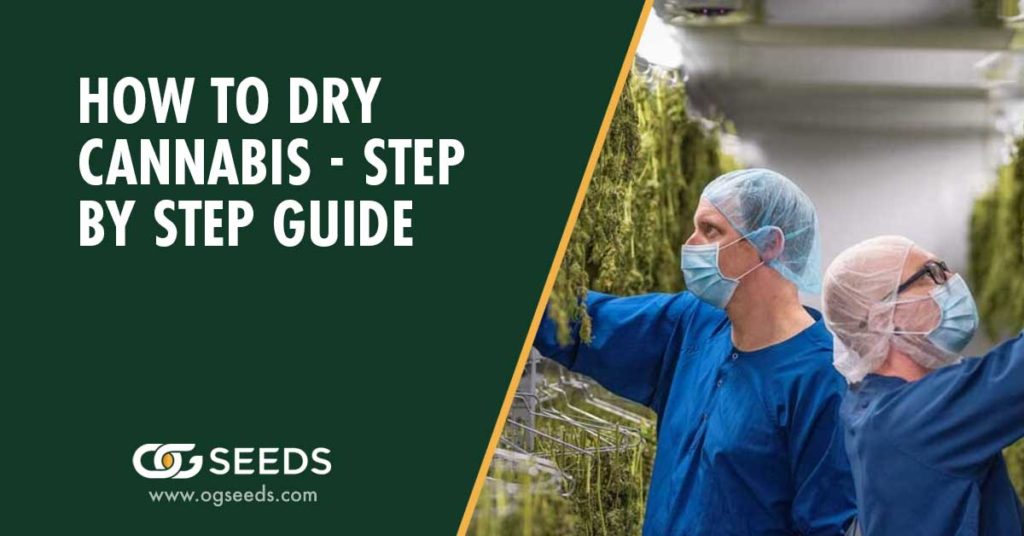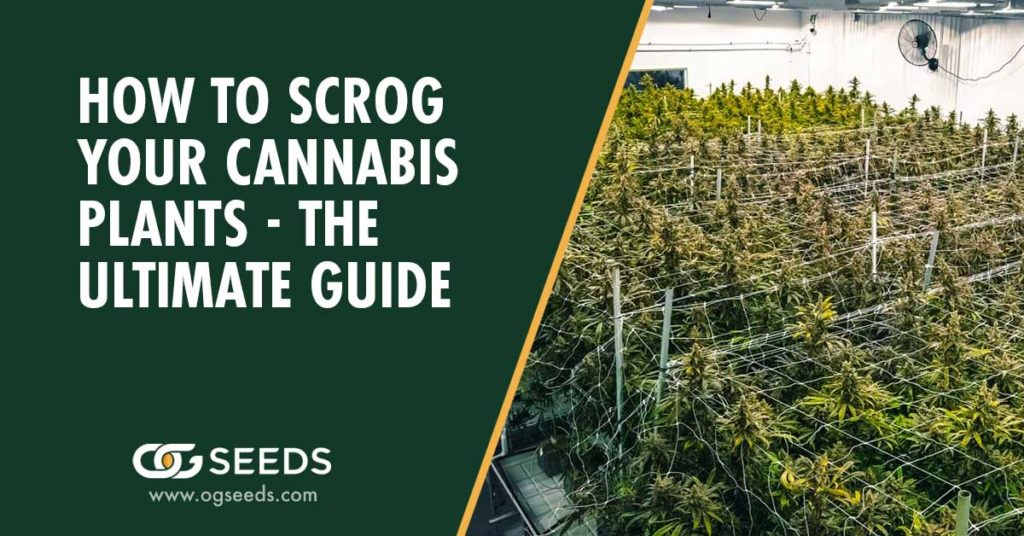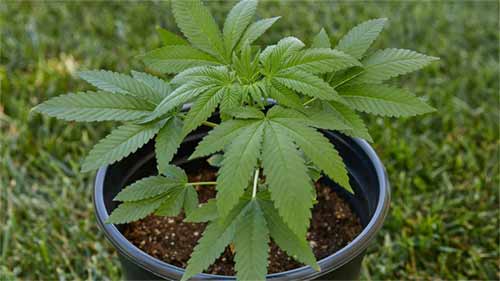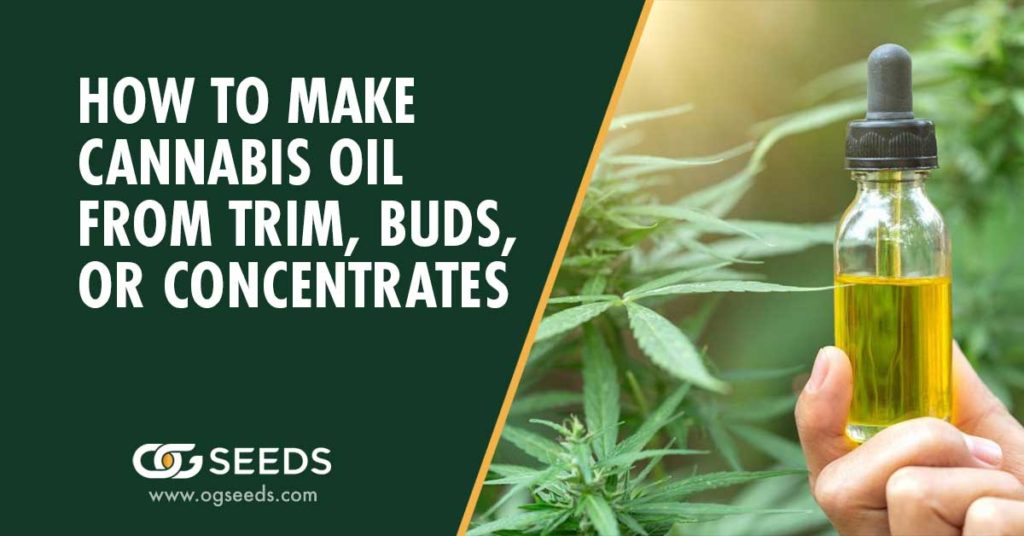
How To Make Cannabis Oil From Trim, Buds, Or Concentrates
Cannabis oil is a refined extract created by blending cannabinoids, terpenes, flavonoids, and other active ingredients in cannabis with carrier oil, like coconut or olive oil. Many people use regular vegetable oil, and some also opt for avocado oil. Cannabis contains psychoactive cannabinoids like THC and CBD that are lipophilic, meaning they dissolve in fats and have a strong attraction to oils. Consuming these cannabinoids with fats enhances their absorption and digestion in the body, leading to a potent and therapeutic experience.
You can use it for cooking or as a topical application and to make edibles or as a base for tinctures. You can use cannabis oil for cooking or baking edibles, as a topical for lotions, moisturizers, or capsules! Cannabis oil is incredibly useful, and once you start to learn about all the different ways to use cannabis oil, you’ll feel eager to hop on board!
You can use it as a base for cooking edibles, medicated meals, infused drinks, and topical salves, or you can consume it on its own. Making homemade cannabis-infused oil will become your new favorite way to spice up your edibles!
Different Uses of Cannabis Oil:
- Smoothies
- Tea
- Baking
- Cooking
- Capsules
- Cosmetics
Ingredients:
- Cannabis flowers or trim
- High-proof alcohol, such as Everclear or ethanol
- A carrier oil (peanut oil, coconut or avocado oil)
- A double boiler or crockpot
- Cheesecloth or a fine strainer
- Glass jars for storage
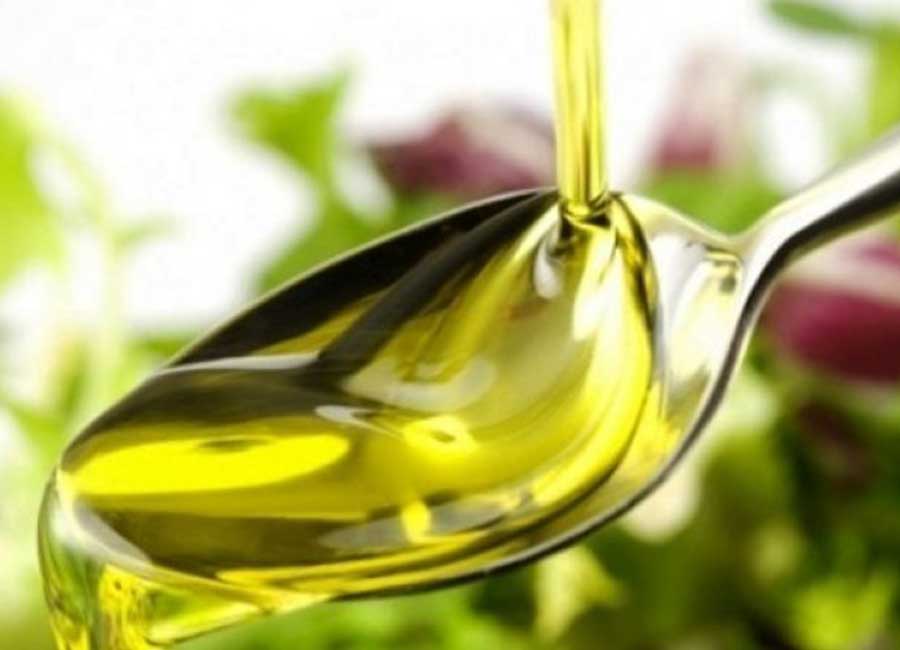
Table of Contents
How To Make Your Own Cannabis Oil
The process of making cannabis oil at home starts with “decarbing” the ground flower. Decarboxylation transforms the acidic forms of cannabinoids (THCA, CBDA, etc.) present in the plants into the neutral forms that are responsible for the intoxicating or psychoactive effects. To make the oil, the decarbed cannabis is heated with oil in a double-boiler, slow cooker, or saucepan for 2-3 hours at a temperature between 160-200ºF. After straining the mixture, the resulting oil is ready to be stored.
Combine the oil with the cannabis in the cooking tool of your choice, and heat on low (200F-220F) for several hours. Slow Cooker/Crock Pot: Heat on low for 4-6 hours, stirring occasionally.
What oil should I use for Cannaoil?
Cannaoil can be produced from any oil, but some may be more effective depending on how much you’re looking for. Using natural oils is better than using processed oils like corn, soybean, safflower & sunflower oils as the main source of energy. Cannaoil uses the following oils: When selecting an oils for cannaoil, it may be based upon certain factors including flavor, versatility and bioavailability. Tell yourself the purpose of your project, what you’re planning on doing, and why.
Cannabis Oil Potency: Proceed with Caution
Homemade cannabis edibles are difficult since they have no specific potency or purity. The results can be determined using laboratory testing. The first thing is that if you are using marijuana from your own backyard, you might not know what your buds’ strength is. Although some strains are marketed with specific tetra hydrogens and CBD ratios they differ significantly from their natural sources and are grown.
When making cannabis cooking oil, we recommend a 1:1 ratio of cannabis to oil. If you want milder effects, use less cannabis. Ingredients: 1 cup (7-10 grams) of ground cannabis flower 1 cup of cooking oil of your choice Directions: Decarb the cannabis. We recommend decarboxylating your weed first, and then putting it in oil.
Double Boiler Preparation
Decarbed cannabis is best boiled at between 100°F and 120°F (38°C – 49°C) in a double boiler for 1 to 5 hours.
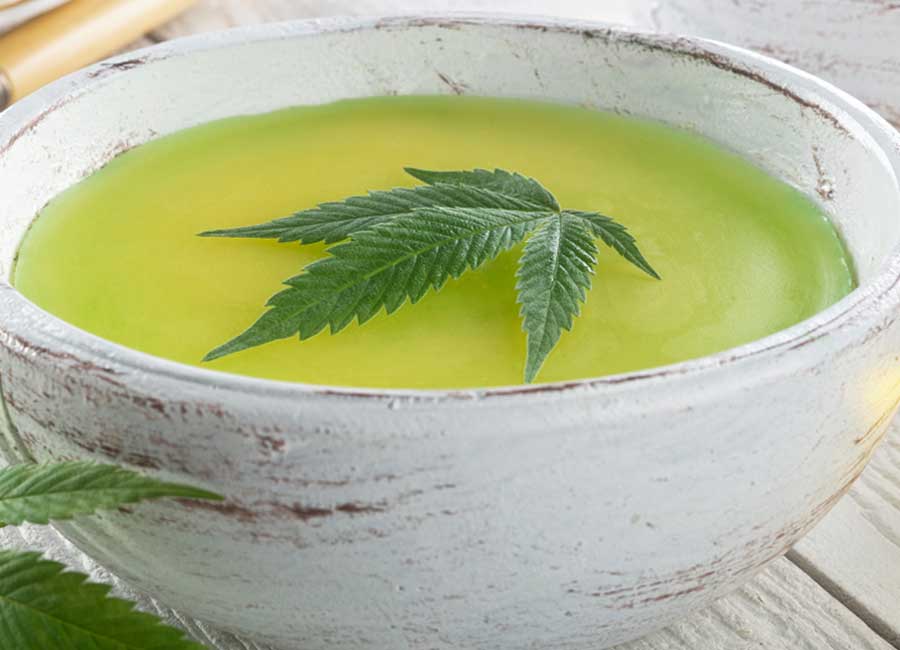
How to Make Cannabis Oil: Recipe
1.) Decarb your flower.
To make homemade cannabis oil, the initial step is decarboxylating the ground flower, which activates the cannabinoids. Preheat the oven to 240°F and spread the ground cannabis on a parchment-lined baking sheet covered with foil. Bake for 35 minutes, rotating the sheet after 20 minutes, but bake for cultivars high in CBD for 50-60 minutes. After the process, let the cannabis cool down to room temperature, it will appear slightly darker in color. Keep in mind that decarboxylation has a strong odor, so open a window or use a vent or fan if needed.
2.) Prepare a double broiler.
To make the infusion, mix the decarboxylated cannabis with a carrier oil, such as avocado or coconut oil, in a double boiler. Fill the bottom pan with water and place the container with the cannabis and oil in the top pan. Simmer the mixture on low heat for at least 60 minutes and up to six hours, stirring regularly. Aim to keep the temperature at around 160°F to 200°F, with 180°F being ideal. Use a probe or candy thermometer to monitor the oil’s temperature and stir occasionally, adding water as needed.
To separate the oil, wait until it has cooled to room temperature, then strain it using a mesh strainer and either cheesecloth or paper coffee filter above a glass bowl. If you use cheesecloth, you can squeeze it to extract more oil, or use a plastic spatula to press down on the plant material in the strainer. Once finished, dispose of the remaining plant matter.
3.) Proper storage and Labeling
Place the oil in an airtight glass container and keep it in a cool, dark location. Clearly label the container with the date. If you have determined its cannabinoid content, include this information on the label for easy reference, broken down by cup, tablespoon, and teaspoon. It is important to avoid exposing the oil to light, air, and heat in order to maintain its potency for a long time. You can store the oil at room temperature for up to three months and in the refrigerator for much longer.
It is best to use the oil within 6 months to 1 year, although storing it properly can prolong its potency. Its potency will decrease over time, but it is safe to use as long as it is stored properly and is not moldy. Always keep infused oil away from any fragile location.
Which Oil Absorbs the Most Cannabinoids?
A recent High Times study found the butter absorbed most cannabinoid compounds in its composition. Cannabutter has a different texture from cannaoils. In terms of oils, olive oil is matched those of butter but absorbs fewer cannabinoids. Coconut oil was third in terms of absorbency, followed by avocado.
How Do I Store The Cannabis Oil Once It’s Made?
Cannabis oil should be stored in a cool, dark, and dry place to preserve its potency and freshness. Here are some tips for storing cannabis oil:
- Use an airtight container: This will help prevent oxidation and contamination from air and light exposure. Glass jars with tight-fitting lids are a good choice. A mason jar or any glass jar is best.
- Keep it away from heat: Avoid storing the oil near heat sources, such as a stove or radiator, as high temperatures can cause the oil to degrade.
- Store in the refrigerator: You can extend the shelf life of your cannabis oil by storing it in the refrigerator. The cooler temperature will slow down the oxidation process.
- Label the container: Clearly label the container with the date of preparation and the strain of cannabis used, so you can track its freshness and potency.
Remember, cannabis oil can have a long shelf life if stored properly, but its potency may decrease over time. If the oil begins to smell rancid or taste off, it’s time to discard it and make a fresh batch.
How Do I Decarboxylate my Cannabis?
To prepare your cannabis for decarboxylation, spread the ground flower evenly on a baking sheet lined with parchment paper. Cover the sheet with foil and place it in the oven, centering it on the middle rack. Bake for 30-40 minutes, rotating the sheet after 20 minutes for even heating. If the cannabis is high in CBD, it is best to bake for 50-60 minutes, as CBD takes longer to decarboxylate compared to other cannabinoids.
Can I Use Stems and Leaves to Make Cannabis Oil?
Yes, you can use stems and leaves to make cannabis oil. However, it is important to note that the oil’s potency may be lower than oil made from buds, as the stems and leaves generally have lower THC content. Additionally, some stems and leaves may contain chlorophyll, which can affect the taste and odor of the oil.
If you decide to use stems and leaves to make cannabis oil, it is best to trim the large stems and use only the smaller, finer stems and leaves to minimize the impact on the final product. Blending the stems and leaves with buds can also help increase the oil’s potency.
It is important to use proper techniques and follow a reliable recipe when making cannabis oil. The process can be complex and requires precision to ensure the oil is safe and effective for consumption.
Other Ways To Make Cannabis Oil
Another way to make cannabis oil is by infusing it directly with olive oil or coconut oil. To decarboxylate the mixture, heat it to a temperature between 212°F (100°C) and 230°F (110°C). Then, maintain a temperature between 158°F (70°C) and 199°F (93°C) by double boiling the mixture for 1-2 hours. This double boiling process helps prevent the oil from exceeding 212°F (100°C) after decarboxylation.
CannaOil Making: Frequently Asked Questions
Frequent chefs and beginners all carry questions about the process of making cannabis oil, and we’ve got you! Here are some common questions that might come about when you begin making homemade cannabis oil:
What are the health benefits of cannabis oil?
Chronic pain may be reduced by cannabis oil by affecting endocannabinoid receptor activity, reducing inflammation, and interacting with neurotransmitters. Some people have reported reduced anxiety and depression symptoms due to its ability to influence the release of certain neurotransmitters in the brain. It’s also been shown that cannabis oil reduces sebum production and may have anti-inflammatory properties, making it a potential acne treatment.
On top of the original benefits from cannabis-infused oils, the carrier oil you choose will grant you different benefits. For example, coconut oil has been shown to help heart health, weight loss from MCTs, moisturize your hair and nails, boost immunity and support healthy brain function.
When ingested or applied topically, these compounds are easily absorbed by the body because of their fat-soluble nature. As a result, cannabis oil has greater bioavailability and effectiveness, resulting in potentially beneficial health effects.
Why Should I Make Homemade Cannabis Oil?
The benefits of making cannabis oil at home as opposed to purchasing cannabis oil are similar to anything you hand craft yourself, it’s an authentic experience! There’s a bit more excitement when creating homemade cannabis oil. First, you’re being cost effective. Similarly to eating out vs. cooking at home, you’ll always be happier that you can save money and make food at home. Next is the benefits of being able to customize the oil to whatever you like! You can change carrier oils, use better quality weed, or even make it more potent!
How Fine Should I Break Up The Bud To Make CannaOil?
An electric powered blender or other machinery could damage the cannabis, and result in a sour flavor. A hand grinder is best as it is gentler and retains the good taste. No matter what vessel you use for the infusion process, be it a double boiler, slow cooker, or saucepan, this process will take several hours. For some, the stove top is precious real estate, and a slow cooker or instant pot better serves them. Another consideration is the smell while it’s infusing. It will start out pretty mild, but after it’s been cooking for a while, the smell becomes more and more potent.
You will, of course, need a special dabbing rig, but the initial outlay of money is well worth it for the fast-acting high or pain relief you can achieve. Smoke It And, of course, you can always rely on the old tried-and-true method of consuming cannabis products: you can smoke it. How do you smoke oil? Like this. For a truly out-of-this-world experience, we recommend first glazing a joint of your favorite marijuana strain in cannabis oil.
Do I Have To Decarb the Cannabis to Make CannaOil?
Although raw cannabis can be added directly to oil, it is still best to decarb the cannabis first to maximize the shelf life of your oil. You can also use the leftover plant matter to make edibles.
Infusing decarboxylated cannabis into oil will impart the flavor of the cannabis into the oil.
What Is The Best Strainer To Use For Canna Oil?
A cheesecloth is generally the preferred tool, but a fine mesh strainer will work just as well. There is no particularly significant difference in the outcome either way.
It should appear darker in color – usually light brown or yellow, and not as green as fresh cannabis. Step 4 Once cooled, coarsely grind the cannabis and store it in an airtight container. Step 5 Combine the cannabis and coconut oil using one of the following methods: In a slow cooker or crockpot on low for about 4-6 hours, stirring occasionally. In a double boiler on low for 6-8 hours, stirring occasionally.</>
Can I Reuse The Cannabis After Making The Oil?
Yes, you can reuse cannabis after making oil. However, the decarboxylation and oil infusion process can greatly reduce the potency of residual plant material. You can still use the residual material to make other cannabis products, like edibles or topicals, but it will not have as strong of an effect as it did before. If you are looking to maximize the potency of your products, we recommend you start with fresh, high-quality cannabis for each batch.
How Can I Determine The Potency Of My Cannabis Oil?”
There are a few ways you can test the potency of your cannabis oil without ingesting it and taking a gamble. Most cannabis potency tests offer something similar to a lab testing facility where they can accurately measure your oil. The THC and CBD ratios provided in the cannabis you use is great place to start. You can use a formula such as, (THC or CBD content of dried flower or trim) * (Amount of oil) / (Amount of dried flower or trim used) = Estimated potency of oil in mg/mL, to help give you a better reading on the potency levels.
Final Thoughts- How to Make Cannabis Oil at Home
We’ve covered a lot in this article but before I send you off, here are some key points to remember:
Don’t forget to decarboxylate your cannabis. Remove the flower material from the oil by straining it through cheesecloth or a fine-mesh strainer. Always store the oil in a dark, airtight container in a cool place to maintain its potency and freshness. Hot oil is dangerous, so be careful not to inhale the fumes and not to spill or store them improperly. High-quality cannabis is best and monitor the oil for mold or bacteria growth. Follow us on Instagram to join our social community.
